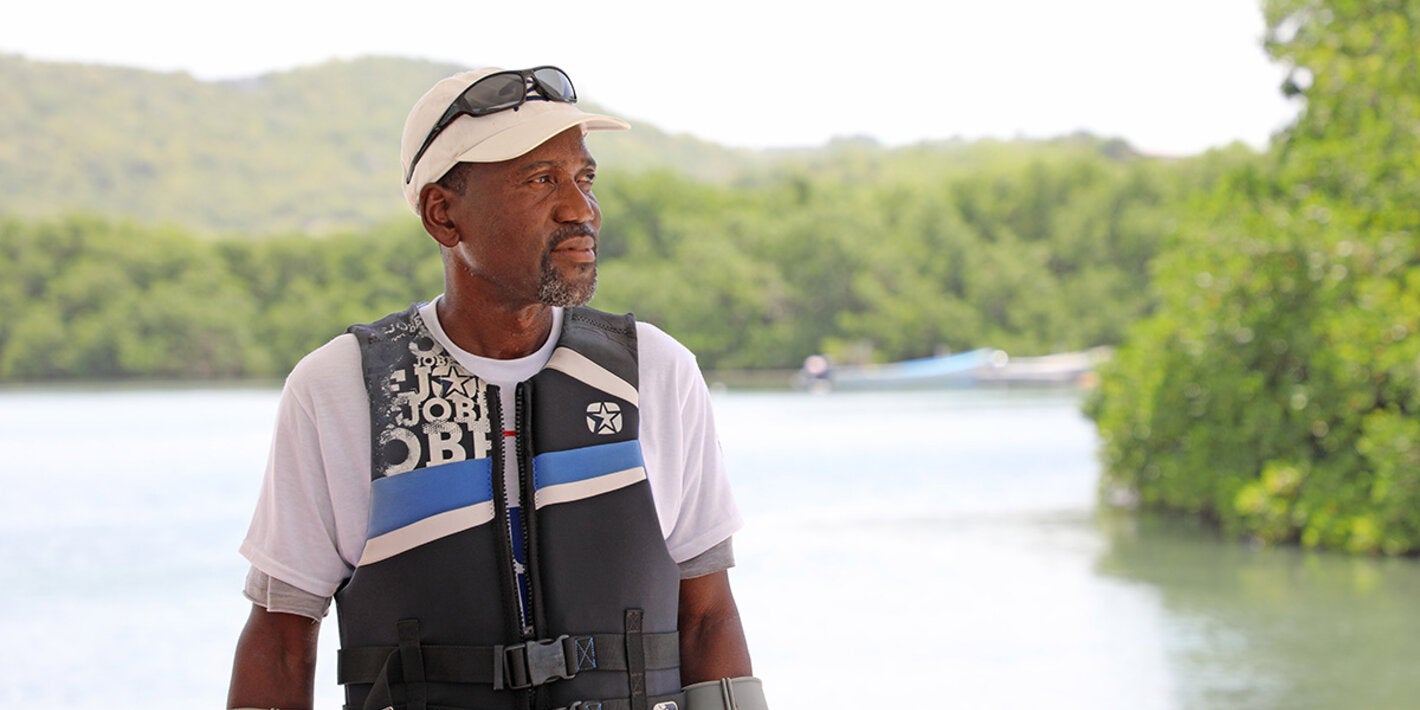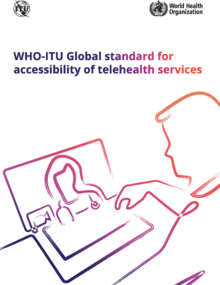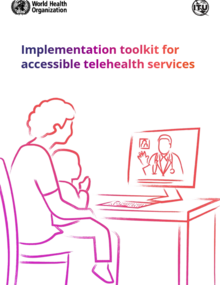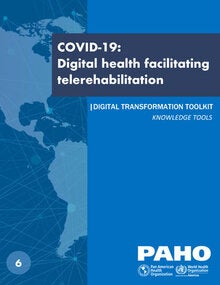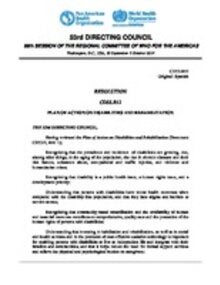Rehabilitation is a set of interventions designed to optimize functioning and reduce disability in individuals with health conditions in interaction with their environment.
Health conditions refer to disease (acute or chronic), disorder, injury or trauma. Health conditions may also include other circumstances such as pregnancy, ageing, stress, congenital anomaly, or genetic predisposition.
Rehabilitation is one of the essential services defined within Universal Health Coverage.
- In 2019, it was estimated that 366 million people (188 million women and 178 million men) were living with health conditions that could potentially benefit from rehabilitation services regionwide.
- This number increased by 58% from 231 million in 1990 to 366 million in 2019. The increase was higher in women (61%) than in men (56%).
Assistive technology
- Assistive technology is an umbrella term for assistive products and their related systems and services.
- Assistive products help maintain or improve an individual’s functioning related to cognition, communication, hearing, mobility, self-care, and vision, thus enabling their health, well-being, inclusion, and participation.
Musculoskeletal health
- Approximately 1.71 billion people have musculoskeletal conditions worldwide.
- Musculoskeletal conditions are the leading contributor to disability worldwide, with low back pain being the single leading cause of disability in 160 countries.
- Musculoskeletal conditions significantly limit mobility and dexterity, leading to early retirement from work, lower levels of well-being, and reduced ability to participate in society.
- Because of population growth and aging, the number of people living with musculoskeletal conditions and associated functional limitations is rapidly increasing.
PAHO's Department of Noncommunicable Diseases and Mental Health (NMH) is responsible for promoting, coordinating, and implementing technical cooperation activities related to the prevention, control, and surveillance of noncommunicable diseases, all forms of malnutrition, mental health, neurological and substance use disorders, including their risk factors. It also promotes policies and strategies related to disabilities and rehabilitation, road safety, as well as prevention of and response to violence in all its forms.
The unmet global need for rehabilitation
Globally, about 2.4 billion people are currently living with health conditions that may benefit from rehabilitation. With changes taking place in the health and characteristics of the population worldwide, this estimated need for rehabilitation is only going to increase in the coming years. People are living longer, with the number of people over 60 years of age predicted to double by 2050, and more people are living with chronic diseases such as diabetes, stroke and cancer. At the same time, the ongoing incidence of injury and child developmental conditions (such as cerebral palsy) persist. These health conditions can impact an individual’s functioning and are linked to increased levels of disability, for which rehabilitation can be beneficial.
This increasing need for rehabilitation is largely unmet in many parts of the world. More than half of people living in some low- and middle-income countries who require rehabilitation services do not receive them.
Global rehabilitation needs continue to be unmet due to multiple factors, including:
- lack of prioritization, funding, policies, and plans for rehabilitation at a national level;
- lack of available rehabilitation services outside urban areas, and long waiting times;
- high out-of-pocket expenses and non-existent or inadequate means of funding;
- lack of trained rehabilitation professionals, with less than 10 skilled practitioners per 1 million population in many low- and middle-income settings;
- lack of resources, including assistive technology, equipment, and consumables;
- the need for more research and data on rehabilitation; and
- ineffective and under-utilized referral pathways to rehabilitation.
Rehabilitation in emergencies
Natural hazards such as earthquakes or disease outbreaks and human-induced hazards, including conflict, terrorism, or industrial accidents, can generate overwhelming rehabilitation needs for injury or illness. They also simultaneously disrupt existing services and have the greatest impact on the most vulnerable populations and the weakest health systems.
While clinical and humanitarian guidelines recognize rehabilitation's important role in emergencies, it is rarely considered part of health system preparedness and early response. The result is that pre-existing limitations in rehabilitation services are magnified, health service delivery is less efficient, and people directly affected are at risk of increased impairment and disability.











